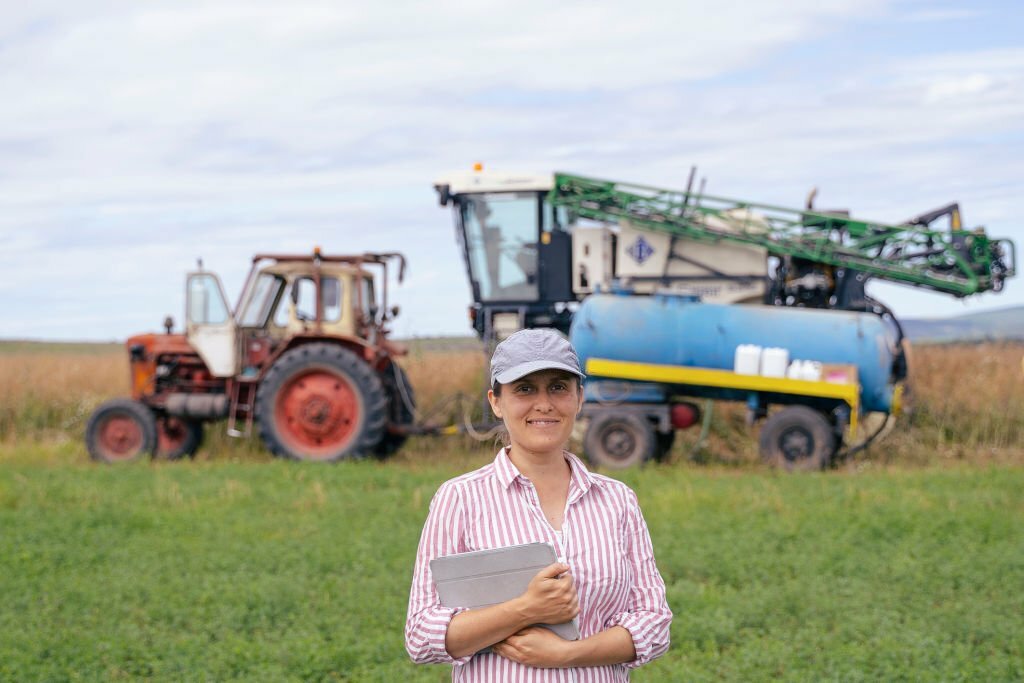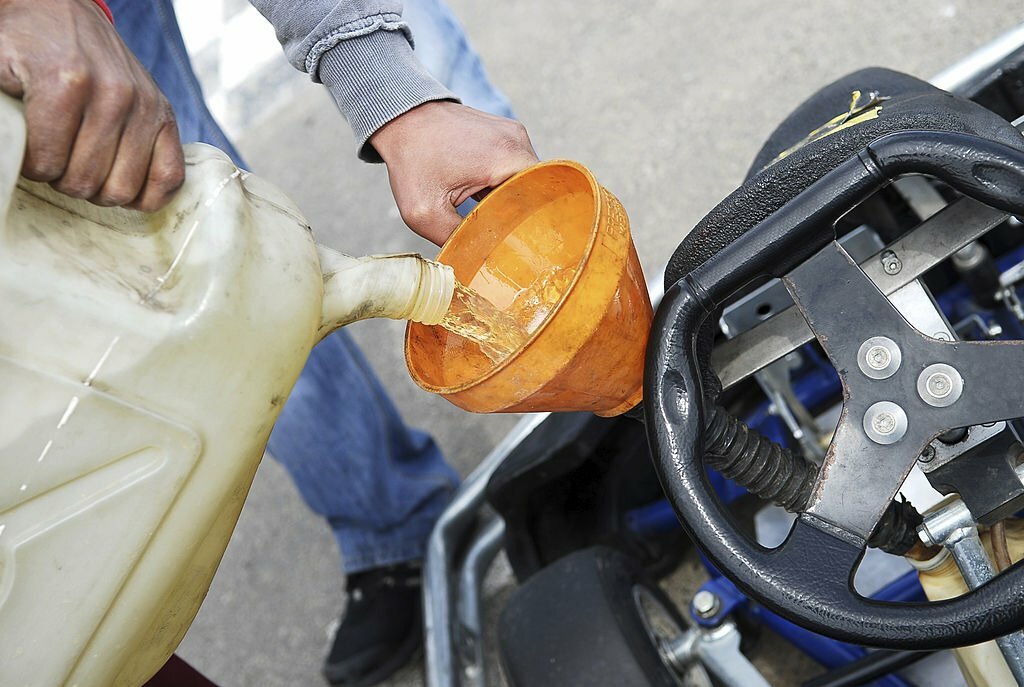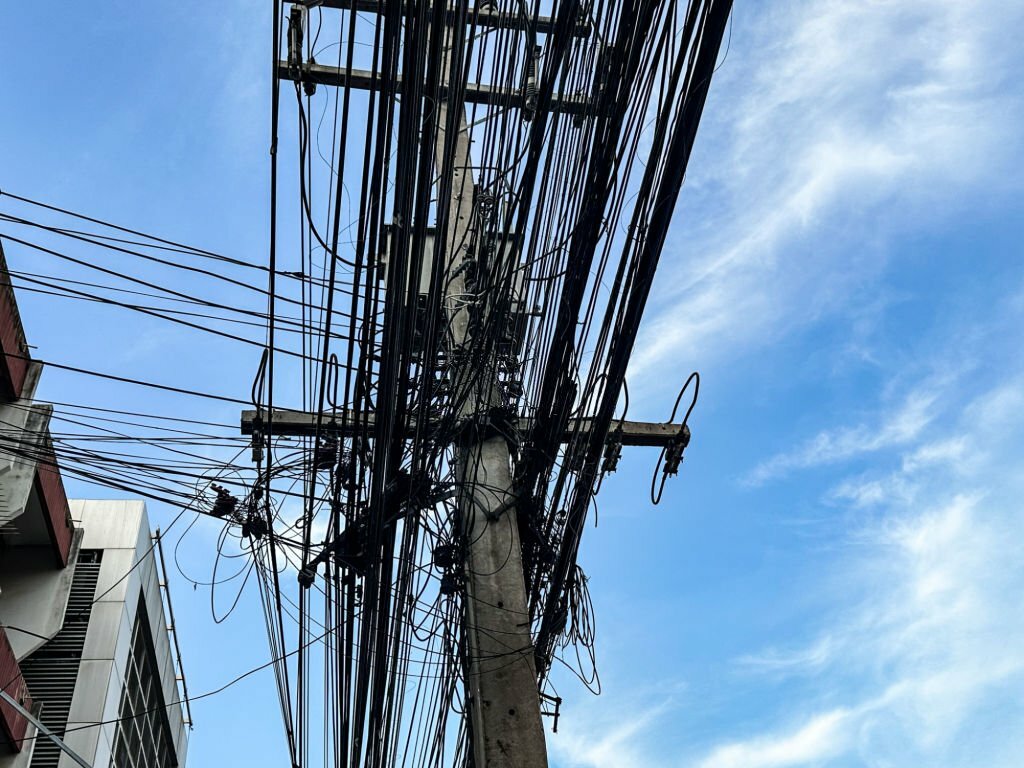Harvesters play a pivotal role in the agriculture and forestry sectors, revolutionizing the way we reap the benefits of these industries. These powerful machines are at the forefront of increased efficiency and productivity, but their operation is not without its share of hazards. In this article, we delve into the fundamental safety considerations when operating harvesters, highlighting the crucial steps that must be taken to ensure the well-being of operators and the successful functioning of these vital machines.
Operating a harvester is a task that demands a deep understanding of both the equipment and the environment in which it operates. From personal protective equipment (PPE) and machine inspections to safe work zones and emergency response preparedness, we’ll explore the key elements that form the foundation of a robust safety program for harvester operators. By prioritizing safety, we can harness the potential of these machines while minimizing the risks, ensuring the sustainable growth of agriculture and forestry industries.
Operator Training and Certification

The journey to enhance safety during harvesting kicks off with the essential step of receiving proper training and certification. Operating a harvester requires not just hands-on experience but also a thorough grasp of the equipment’s functions and the implementation of safe operating procedures. Training programs provide operators with the necessary knowledge and skills to handle the harvester with safety and efficiency in mind. These programs cover a range of aspects, including getting familiar with the equipment, following operational guidelines, and knowing how to respond in emergencies. Through comprehensive training, operators become well-prepared to tackle the challenges and intricacies of harvesting operations.
Certification further solidifies an operator’s competency and serves as tangible evidence of their ability to operate the harvester safely. Certification programs typically adhere to industry standards and guidelines, ensuring that operators meet established safety criteria. Certification also instills a sense of responsibility and accountability in operators, as they understand the importance of upholding safety standards in their daily tasks.
By prioritizing proper training and certification, industries can significantly reduce the risks associated with harvester operations, fostering a safer work environment for operators and contributing to the overall success and sustainability of the agriculture and forestry sectors.
Personal Protective Equipment (PPE)

Ensuring safety in harvester operations extends beyond training, necessitating the obligatory use of Personal Protective Equipment (PPE). PPE acts as a crucial barrier, providing operators with protection against the various hazards encountered during harvesting activities.
Operators must don a variety of PPE, including helmets, safety glasses, hearing protection, gloves, and high-visibility clothing. Helmets serve as a defense against falling branches or objects, mitigating the risk of head injuries. Safety glasses protect the eyes from debris, dust, and airborne particles, ensuring clear vision. Hearing protection, such as earmuffs or earplugs, becomes indispensable in shielding operators from the loud noise emitted by machinery, preventing potential long-term hearing damage. Gloves act as a safeguard against sharp or abrasive materials and machinery components, reducing the likelihood of hand injuries.
High-visibility clothing enhances operator visibility, particularly in low-light conditions or dense vegetation, minimizing the chances of accidents involving other workers or vehicles. This array of PPE transcends mere gear; it constitutes a comprehensive safety net. Operators must consistently wear these items to guarantee protection from the multifaceted dangers inherent in harvesting operations, thereby fostering their well-being and safety.
Machine Inspection and Maintenance

Maintaining the safe and efficient operation of harvesters requires regular inspections and meticulous maintenance, given the heavy workloads and challenging conditions they often face. These robust machines are susceptible to component wear and tear, making it imperative to address potential issues promptly.
Key harvester components, such as the cutting head and hydraulic systems, demand routine inspections. The cutting head, responsible for processing trees or crops, undergoes significant wear and potential damage due to its demanding role. Simultaneously, hydraulic systems, controlling various functions, require consistent monitoring to ensure optimal working conditions. Timely inspections empower operators to detect signs of wear, corrosion, or damage, such as reduced performance, unusual noises, or fluid leaks. Addressing these issues promptly is critical to prevent accidents or unexpected malfunctions that can result in serious injuries, machine damage, or operational disruptions.
Adhering to a proactive maintenance schedule, encompassing regular inspections and timely repairs, not only boosts the reliability and safety of harvesters but also extends their lifespan. This approach contributes to the efficiency and security of harvesting operations, ensuring a sustained and secure performance.
Safe Work Zones

Creating secure work zones is a fundamental safety consideration when operating harvesters, given the intricate and dynamic nature of harvesting environments. Operators must maintain an acute awareness of their surroundings, including the presence of other workers, vehicles, or machinery, and the ever-changing conditions in which they operate.
Effective communication serves as a linchpin for safe operations. Radios or signaling systems play a pivotal role in ensuring that operators, ground personnel, and other workers remain informed and connected. Clear and constant communication helps prevent accidents by ensuring everyone is on the same page regarding the harvester’s movements, status, and potential hazards. Operators should also be diligent in checking blind spots, especially in situations where individuals may be working in proximity to the harvester. Vigilance when approaching intersections, road crossings, or navigating through dense vegetation is paramount.
Establishing and maintaining secure work zones and promoting efficient communication not only reduce the risk of accidents and collisions but also foster a safer environment for all those involved in harvesting operations. This proactive approach enhances overall safety, contributing to a secure and harmonious work environment.
Emergency Response Preparedness

Harvester operators should be well-versed in emergency response procedures to effectively address unexpected and potentially hazardous situations. Safety extends beyond prevention; it encompasses a swift and competent response to unforeseen events. Training in first aid and CPR is crucial, equipping operators to provide immediate assistance in the event of injuries to themselves or others. This knowledge can be life-saving, especially in remote harvesting locations where professional medical help may be some distance away.
Furthermore, operators should be familiar with evacuation plans. Knowing how to safely exit the harvester in emergencies, such as equipment malfunction or fire, is essential. Clear escape routes and designated assembly points should be established for all crew members. In addition to training, having fire extinguishers and fully stocked emergency medical kits readily accessible on the harvester is vital. These resources empower operators to act swiftly and effectively to control small fires or administer first aid in critical situations.
By prioritizing emergency response preparedness, operators can enhance their ability to manage unforeseen challenges, minimize risks, and ensure the well-being of themselves and their team members during harvester operations.
Environmental Considerations

Harvesters, being versatile machines, frequently navigate through challenging terrains like dense forests or uneven agricultural fields. Operating in such environments demands heightened awareness of potential environmental hazards and the implementation of proactive safety measures.
Operators must remain acutely aware of their surroundings, as these terrains can be rife with risks. Unstable terrain, including steep slopes or areas with loose soil, increases the likelihood of the harvester tipping over or losing traction. It is essential for operators to recognize these conditions and take precautionary measures to prevent accidents, such as avoiding overly steep areas or deploying stabilizers when necessary. Water bodies, whether small streams or larger bodies of water, pose a significant danger. Harvester operators must be mindful of water sources in their work areas, as accidents involving water can have serious consequences. Adhering to safety protocols when operating near water, including maintaining a safe distance and taking steps to prevent rollovers or submersion, is crucial.
By maintaining a keen awareness of their environment and applying necessary precautions, operators can navigate challenging terrains safely. This proactive approach reduces the risk of accidents and ensures the effectiveness of the harvester’s operations in diverse and demanding landscapes.
Machine Stability

Ensuring harvester safety revolves around maintaining machine stability, a crucial element for safe and efficient operations. The proper positioning of the harvester is paramount, as operators must vigilantly uphold stability to reduce the risk of tipping and rollovers, which could have catastrophic consequences for both the operator and the equipment.
A fundamental aspect of stability maintenance involves ensuring that the harvester operates on level ground. Uneven terrain can significantly impact the machine’s balance, making it more prone to tipping. Operators need the skills to assess the terrain and make informed decisions about harvester positioning. Properly aligning the attachment or cutting head is equally vital to minimize any imbalance resulting from uneven weight distribution. Regular inspections and adjustments of these components are necessary to prevent inadvertent shifts in weight that might compromise stability.
The safety of harvester operations relies on the conscientious efforts of operators to maintain machine stability. Preventing tipping and rollovers is paramount, safeguarding the operator’s well-being and ensuring the continued efficiency of the harvester in its vital role.
Safe Fuel and Fluid Handling

The secure management of fuel and hydraulic fluids is a pivotal aspect of harvester operation. These substances power the engines and hydraulic systems of harvesters, but mishandling can result in environmental contamination, fires, and health hazards. It is imperative that operators possess a comprehensive understanding of the safe storage and handling of these materials.
Foremost, operators should undergo training in the correct procedures for handling, storing, and dispensing fuel and hydraulic fluids. They must be well-versed in using protective equipment such as gloves and safety glasses, and diligently follow safety protocols during refueling or fluid replenishment.
Furthermore, operators should be knowledgeable about spill response procedures and have access to spill containment materials like absorbent pads or booms. Addressing spills promptly, even small ones, is crucial to prevent environmental damage and minimize safety hazards such as slips and fires. Adhering to proper safety procedures enables operators to ensure the responsible handling of these materials, thereby reducing the risk of accidents and fostering a safer and more sustainable working environment for harvester operations.
Avoiding Entanglement Hazards

The operation of harvesters involves processing heavy vegetation, including trees and crops, carrying potential hazards that demand operators’ utmost vigilance. To prevent entanglement in the machinery, operators must exercise extreme caution, as accidents in this context can lead to severe injuries or even fatalities.
Various items like loose clothing, long hair, jewelry, or anything that may dangle pose substantial risks as they can easily get caught in the harvester’s moving parts, resulting in entanglement. To mitigate this danger, operators should wear appropriate clothing, ensuring that there are no loose ends or items susceptible to getting caught by the equipment.
In addition, operators should maintain a safe distance from the moving components, especially the cutting head, designed for efficient vegetation processing. Staying clear of these parts and adhering to established safety protocols are paramount. By remaining aware of entanglement risks and following proper safety guidelines, operators can significantly reduce the likelihood of accidents, ensuring their well-being while operating harvesters. This proactive approach fosters a safer working environment, emphasizing the importance of caution and adherence to safety measures in harvester operations.
Preventing Falling Objects

Harvesting, whether in forestry or agriculture, is a task that inherently involves the cutting and processing of trees, crops, or other vegetation. This process can often dislodge branches or other objects, which may pose a danger to operators. To mitigate these risks, the use of helmets is essential.
Helmets are a vital piece of Personal Protective Equipment (PPE) for harvester operators. They provide crucial protection against falling objects, which can include not only branches but also debris or dislodged vegetation. The hard shell of a helmet shields the head from potential impacts, reducing the risk of head injuries.
In addition to wearing helmets, operators should also maintain situational awareness, constantly monitoring their surroundings for any signs of falling objects. This vigilance is critical to react promptly, take evasive action, or find safe positions when necessary.
By consistently wearing helmets and remaining alert to falling objects, operators can significantly reduce the risk of head injuries, enhancing their safety and well-being during harvesting operations.
In the realm of harvesting, safety is paramount to ensure the well-being of operators and the seamless operation of these powerful machines. The operation of harvesters, whether in agriculture or forestry, presents unique challenges and potential hazards, from environmental risks to entanglement and falling objects. By prioritizing thorough training, the use of Personal Protective Equipment, regular equipment inspections, communication, and a proactive approach to risk management, we can mitigate these challenges effectively. The adoption of safety measures not only safeguards the lives of operators but also contributes to the sustainable growth of the agriculture and forestry sectors. In the world of harvesting, a safety-first approach is not just an option; it’s imperative for success.
Discover essential safety considerations for operating harvesters. Visit the Boom and Bucket website for comprehensive insights on safeguarding operators and machinery during harvesting operations. Prioritize safety, and navigate the challenges of this critical industry with confidence.

